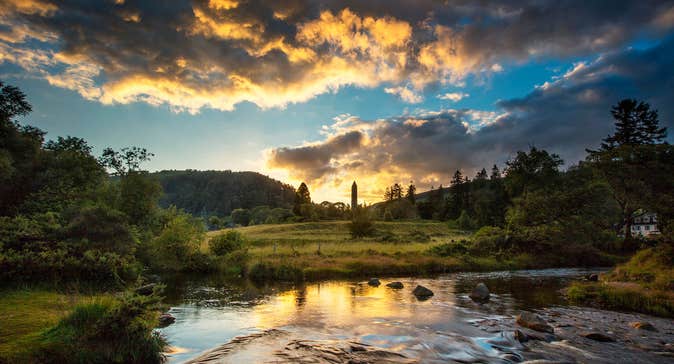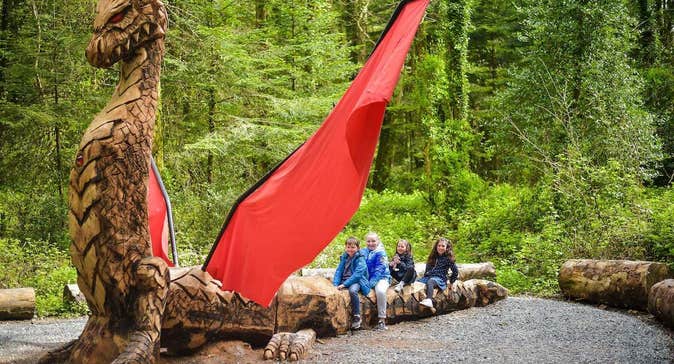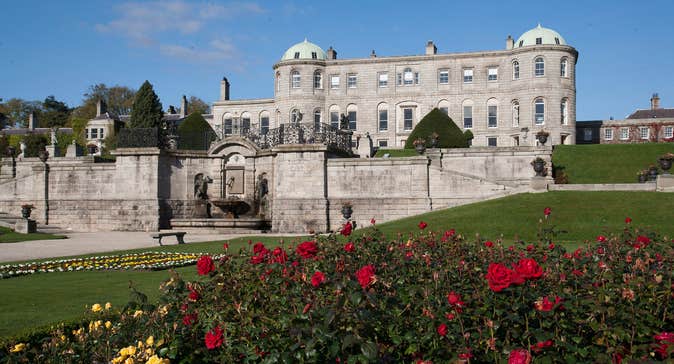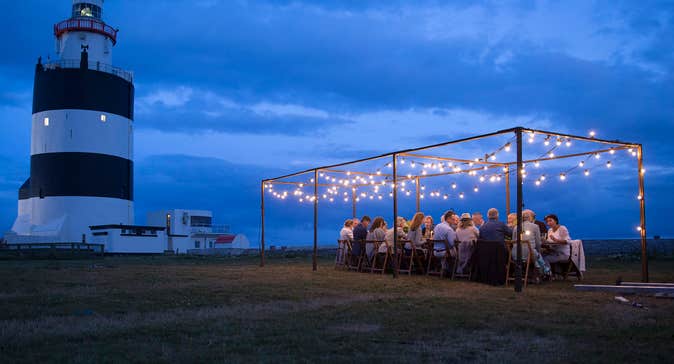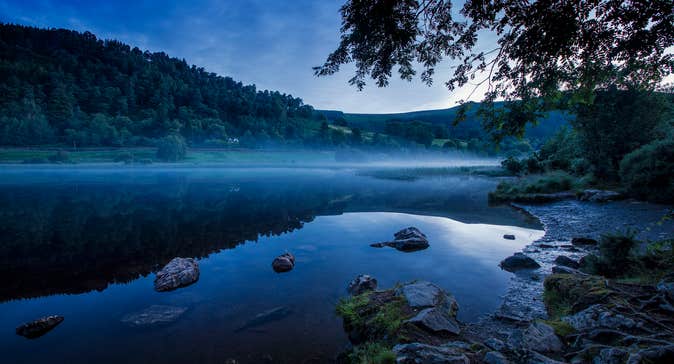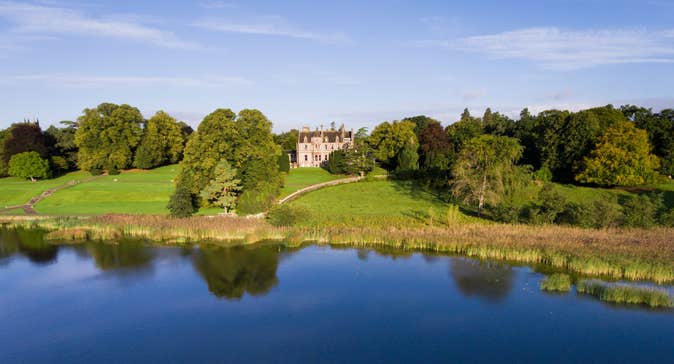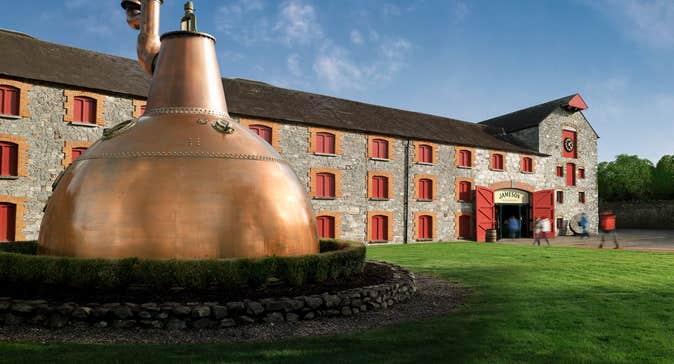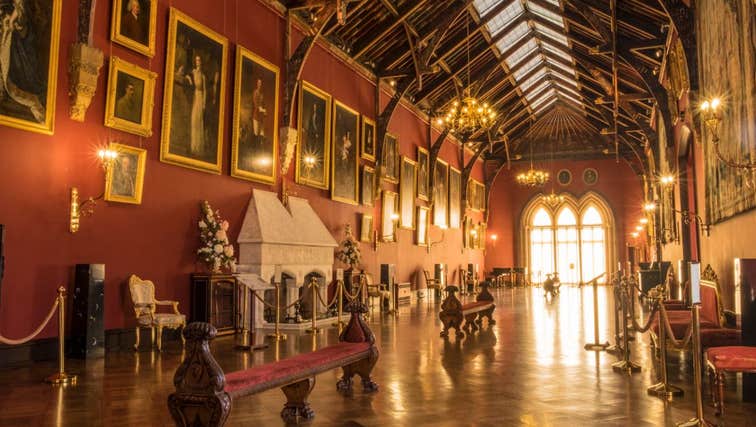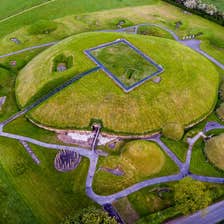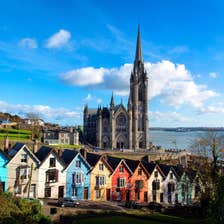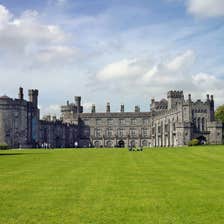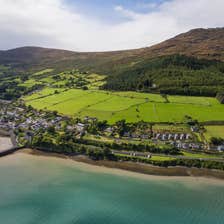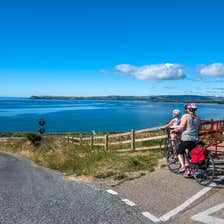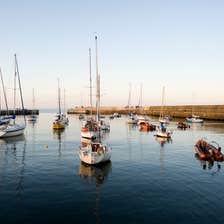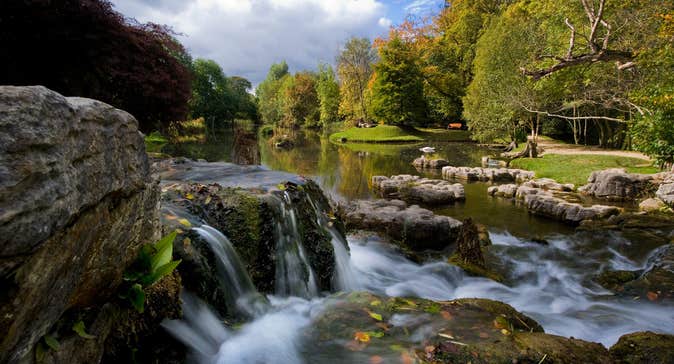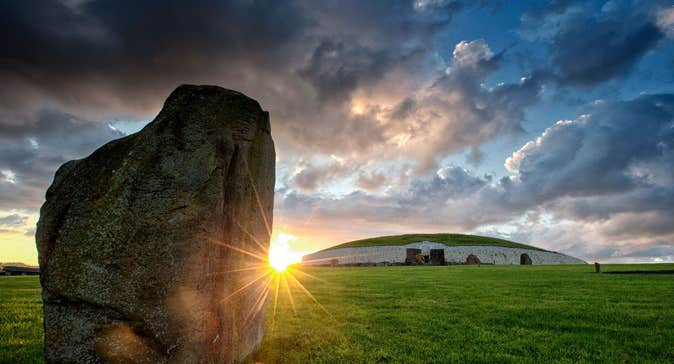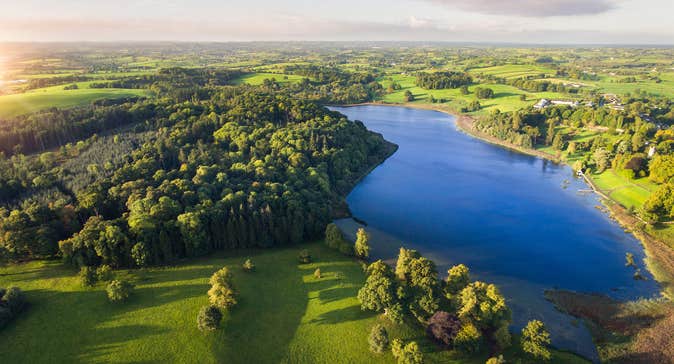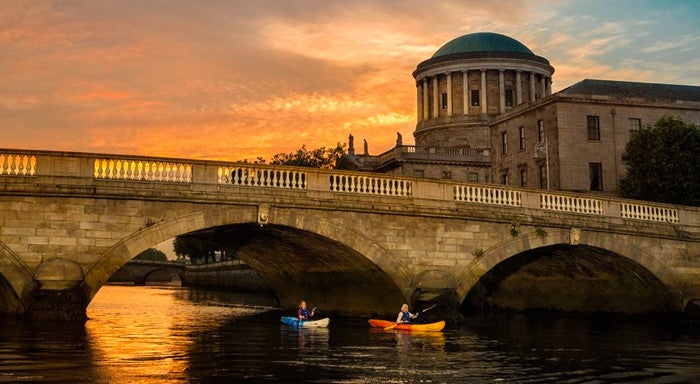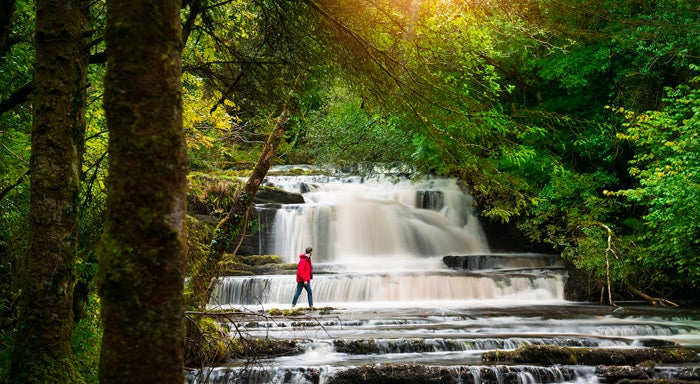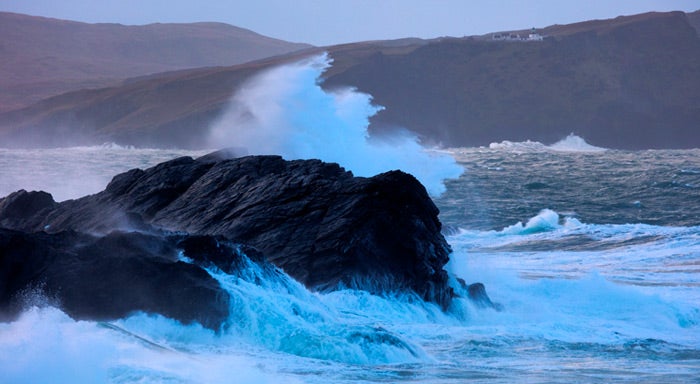Experience Ireland’s Ancient East where vibrant history and modern life meet. Enjoy memorable food experiences, wander down the cobbled streets of medieval towns and explore the gorgeous gardens of this scenic region.

- 10 fascinating facts about Ireland’s Ancient East
- 10 ideas for families exploring Ireland's Ancient East
- Discover the gardens of Ireland’s Ancient East
- Delicious food and drink in Ireland’s Ancient East
- Night time activities in Ireland’s Ancient East
- Magical castles and country homes in Ireland's Ancient East
- 6 distilleries to visit in Ireland’s Ancient East

The journey of a lifetime awaits in Ireland's Ancient East. Discover historical treasures, stroll along beautiful beaches and experience an Ireland from another lifetime.

There's a neverending amount of unforgettable experiences for you here in Ireland's Ancient East.
Don't worry if a quick downpour happens during your stay, there's more than enough to keep everyone entertained indoors in Ireland's Ancient East.
From picturesque townhouses, countryside B&B's, historic houses, castles and more - find your perfect base for exploring all that Ireland's Ancient East has to offer.
Find accommodationExplore Ireland's Ancient East and find your dream getaway.
 Follow Ireland's Ancient East on social media
Follow Ireland's Ancient East on social media
Subscribe now to receive destination inspiration, travel tips, upcoming events and all the best things to do around Ireland.



